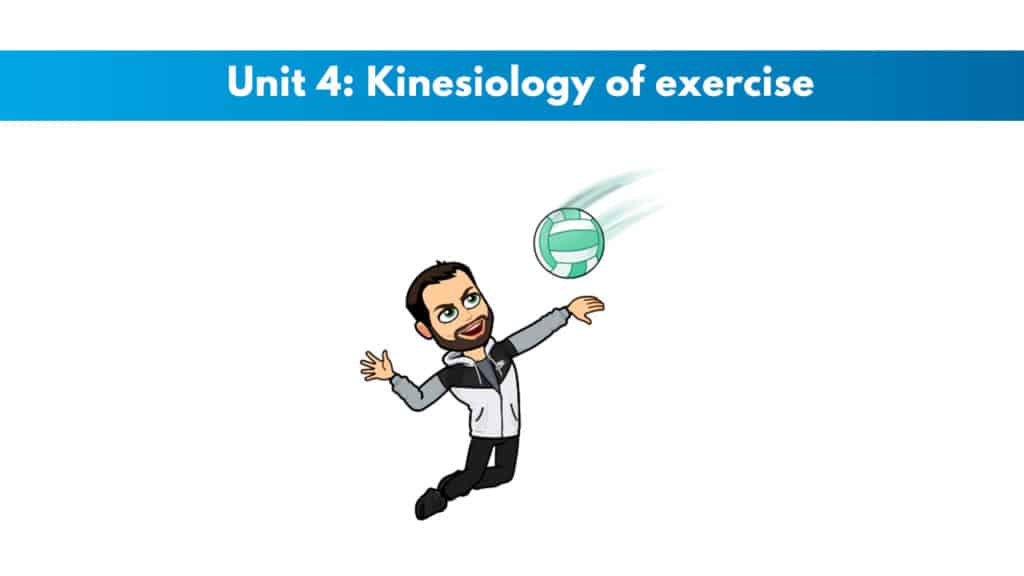
If you have not yet signed up for the ISSA CPT certification, receive a big discount here.
Get your copy of the ISSA CPT exam cheat sheet.
It helps immensely in your ability to study for the ISSA test. This PDF printable one-page sheet gives you a breakdown of the skills and knowledge candidates need to pass the exam.
My PTP students report cutting their ISSA study time and effort in half with Trainer Academy.
Exclusive PTP CPT Offers |
||
|---|---|---|
Most Popular Cert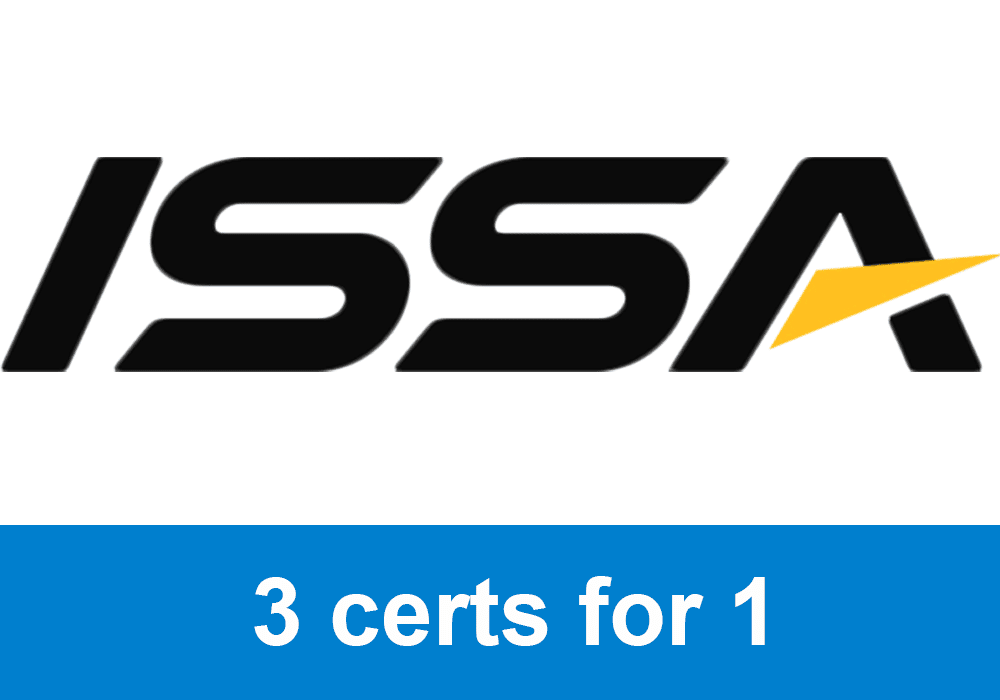 | Best Online NCCA Cert | Best Study Materials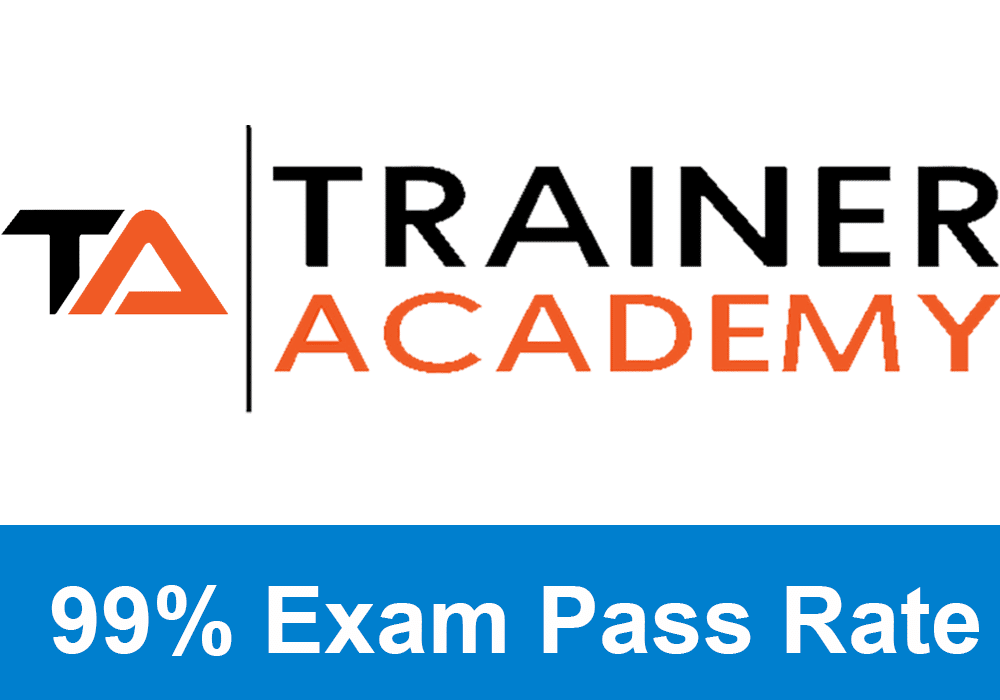 |
Gold Standard Cert | A Good Option | Best CPT for you?  |
Benefit from the Exam Pass Guarantee and Retake Fee Guarantee. Plus, take advantage of my current discount code PTPJULY for 45% off the MVP Program (Ends July 21st, 2025).
Try it out for free here to see if it’s right for you, or read my detailed review for further insights.
1: What is”kinesiology?”
The study of human biomechanics
Exclusive PTP CPT Offers |
||
|---|---|---|
Most Popular Cert | Best Online NCCA Cert | Best Study Materials |
Gold Standard Cert | A Good Option | Best CPT for you?  |
2: What is the correlation between kinesiology and biomechanics?
Biomechanics is the scientific system of human movement patterns and adaptations via the musculoskeletal system; kinesiology is the scientific study of these patterns and adaptations and the structures that govern them.
3: Name and describe the 3 types of muscular contractions:
Concentric: muscle length shortens and movement occurs in opposition to force/load
Eccentric: muscle length increases, and movement occurs in the direction of force/load
Isometric: muscle length remains constant, and no movement occurs about force/load
4: Fill in the chart below
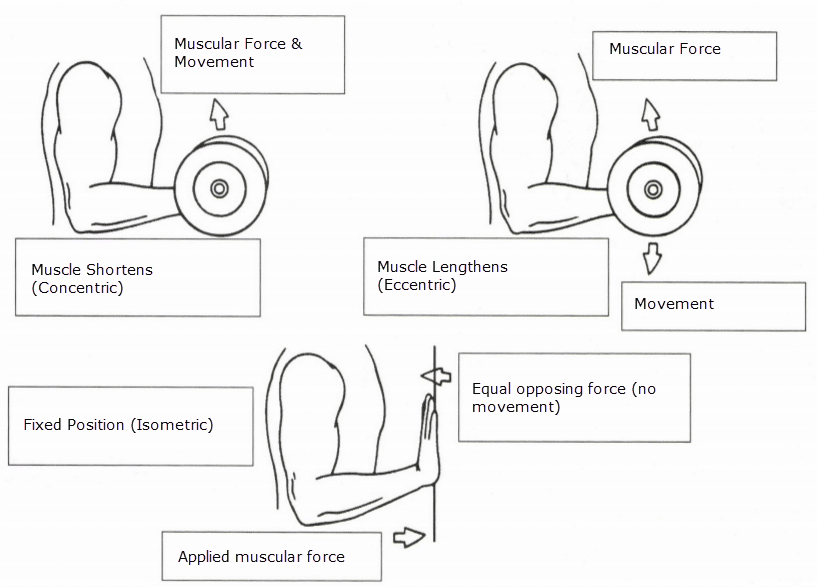
5: What is the”prime mover?”
The working muscle or agonist. The muscle is undergoing contraction.
6: What is the “assistant mover?”
Plays a secondary/support role to the prime mover
7: What is the connection between agonist and antagonist?
As the agonist contracts, the antagonist relaxes
8: What does “stabilizer muscle” mean, and give an example of its use in an exercise?
Stabilizer muscles stabilize the body or body parts through multi-plane movements
9: What is synergy in correlation to muscles?
Synergy is performed by a synergist muscle, providing joint stability for effective agonist action.
10: Name and describe the 4 types of muscular movement
- Isometric: muscle length remains constant and maintains tension
- Isotonic: muscle length changes and maintains tension
- Concentric: muscle length decreases in resistance to force
- Eccentric: muscle length increases and is overcome by force
11: Describe the 3 imaginary planes of motion and give an exercise executable in each
- Sagital: passes to and from the front and back
- Frontal: divides front and back
- Transverse: divides top from bottom.
12: Name and describe the 6 primary movements that transpire in the human body
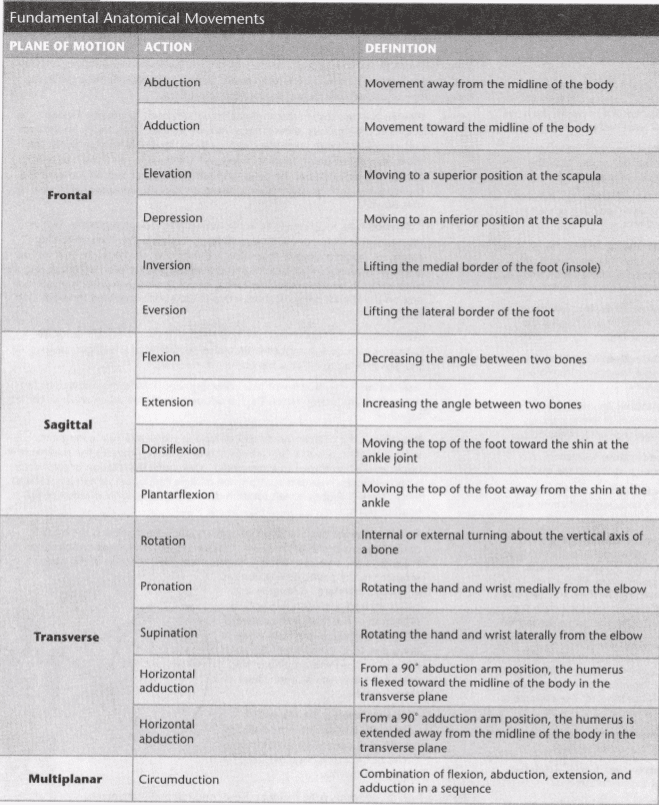
If you want assistance wrapping your head around this material, make sure to check out Trainer Academy for some awesome ISSA study materials. They have Practice tests, flashcards, audio study guides, and much more.

 Have a question?
Have a question? 



Tyler Read
PTPioneer Editorial Integrity
All content published on PTPioneer is checked and reviewed extensively by our staff of experienced personal trainers, nutrition coaches, and other Fitness Experts. This is to make sure that the content you are reading is fact-checked for accuracy, contains up-to-date information, and is relevant. We only add trustworthy citations that you can find at the bottom of each article. You can read more about our editorial integrity here.